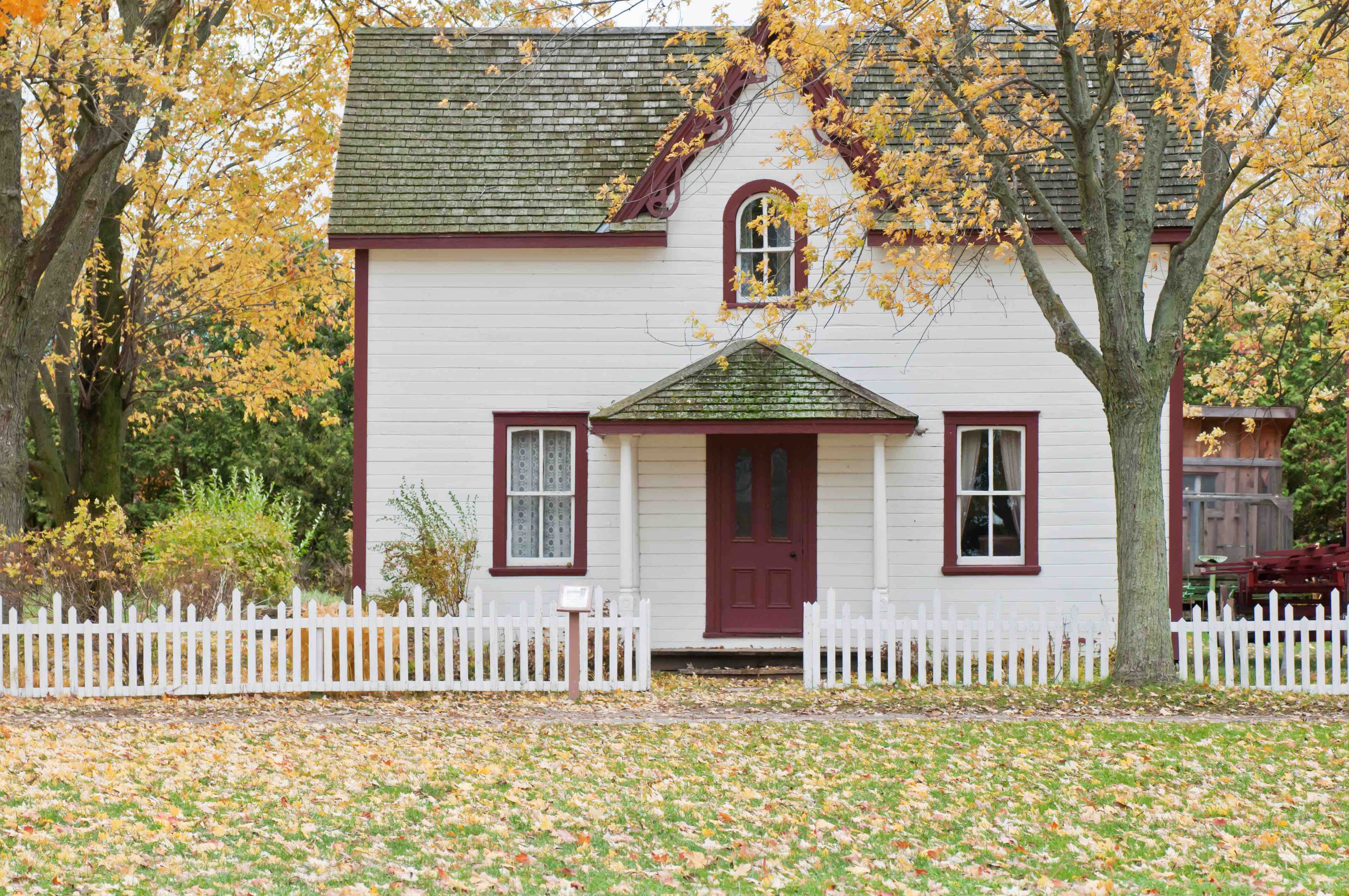Landlord Responsibilities for Rented Property Defects

When there is something wrong with a rental property is the landlord responsible? What is the extent of a landlord’s responsibility for property defects?
In this first of a series of articles on landlord responsibilities, our Landlord and Tenant Solicitors examine the 29 factors that could make a property uninhabitable in law.
Online and London Landlord and Tenant Solicitors
For landlord and tenant legal advice call the experts at OTS Solicitors on 0203 959 9123 or complete our online enquiry form.
Fit for human habitation
A landlord is responsible for ensuring their domestic rented property is fit for human habitation. Even if the tenancy agreement says nothing on the topic the law says it is an implied term of the rental agreement that the property is fit for habitation. That obligation applies at the outset of the tenancy agreement and throughout it.
The law on fit for human habitation
The law on rental property being fit for human habitation is contained in the Homes (Fitness for Human Habitation) Act 2018. Although the Act has been in force since 2019 many landlords are still unaware of the minimum standards property has to comply with to be fit for human habitation.
Many professional and accidental landlords assume that the Act is there to protect against ‘slum landlords’ but the provisions can catch out landlords who think that they are providing reasonable accommodation or who assume that a problem, such as mould, is down to the tenant’s behaviour rather than any problem at the property.
When is a rental property not fit for human habitation?
If there is a landlord and tenant dispute over standards at a rental property the court can decide whether a property is fit for human habitation. It does this by looking at whether the standards in section 10 of the Landlord and Tenant Act 1985 have not been met. These are:
- The building has been neglected and is in bad condition or unstable
- There is a serious damp problem
- The property has an unsafe layout
- There is not enough natural light or ventilation
- There are problems with the supply of hot and cold water or with the drainage or lavatories
- It is difficult to prepare and cook food or wash up
- The property has any of the 29 hazards listed in the Housing Health and Safety Rating System (England) Regulations 2005
The 29 hazards that could make a property uninhabitable by law
The 2005 regulations schedule contains 29 hazards that could make a property not fit for habitation. They are:
| Problem | Explanatory notes | |
| 1 | Damp and mould growth | Exposure to house dust mites, damp, mould or fungal growths |
| 2 | Excess cold | Exposure to low temperatures |
| 3 | Excess heat | Exposure to high temperatures |
| 4 | Asbestos and MMF | Exposure to asbestos fibres or manufactured mineral fibres |
| 5 | Biocides | Exposure to chemicals used to treat timber and mould growth |
| 6 | Carbon monoxide and fuel combustion products | Exposure to carbon monoxide, nitrogen dioxide or sulphur dioxide and smoke |
| 7 | Lead | The ingestion of lead |
| 8 | Radiation | Exposure to radiation |
| 9 | Uncombusted fuel gas | Exposure to uncombusted gas |
| 10 | Volatile organic compounds | Exposure to volatile organic compounds |
| 11 | Crowding and space | A lack of adequate space for living and sleeping |
| 12 | Entry by intruders | Difficulties in keeping the dwelling or house in multiple occupation secure against unauthorised entry |
| 13 | Lighting | Lack of adequate lighting |
| 14 | Noise | Exposure to noise |
| 15 | Domestic hygiene, pests and refuse | Poor design, layout or construction such that the dwelling or house in multiple occupation cannot readily be kept clean, exposure to pests or inadequate provision for the hygienic storage and disposal of household waste |
| 16 | Food safety | An inadequate provision of facilities for the storage, preparation and cooking of food |
| 17 | Personal hygiene, sanitation and drainage | An inadequate provision of facilities for maintaining good personal hygiene and sanitation and drainage |
| 18 | Water supply
|
An inadequate supply of water free from contamination, for drinking and other domestic purposes |
| 19 | Falls associated with baths etc | Falls associated with toilets, baths, showers or other washing facilities |
| 20 | Falling on level surfaces etc | Falling on any level surface or falling between surfaces where the change in level is less than 300 millimetres |
| 21 | Falling on stairs etc | Falling on stairs, steps or ramps where the change in level is 300 millimetres or more |
| 22 | Falling between levels | Falling between levels where the difference in levels is 300 millimetres or more |
| 23 | Electrical hazards | Exposure to electricity |
| 24 | Fire | Exposure to uncontrolled fire and associated smoke |
| 25 | Flames, hot surfaces etc | Contact with controlled fire or flames, hot objects, liquid or vapours |
| 26 | Collision and entrapment | Collision with, or entrapment of body parts in, doors, windows or other architectural features |
| 27 | Explosions
|
An explosion at the dwelling or house in multiple occupation |
| 28 | Position and operability of amenities etc | The position, location and operability of amenities, fittings and equipment |
| 29 | Structural collapse and falling elements | The collapse of the whole or part of the dwelling or house in multiple occupation |
You may think the list of 29 items would be enough to deter many private landlords from renting out property as they can appear overwhelming when not put into context by a Landlord and Tenant Solicitor.
The tenancies the fitness for human habitation law and regulations apply to
The 2018 Act applies to tenancies:
- Shorter than 7 years granted on or after 20 March 2019 (tenancies longer than 7 years that can be terminated by the landlord before the expiry of 7 years are treated as if the tenancy was for less than 7 years)
- Secure, assured and introductory tenancies granted on or after 20 March 2019
- Renewals for a fixed term on or after 20 March 2019
- Periodic tenancies started before 20 March 2019
If you are not sure if your type of tenancy agreement is covered by the legislation and regulations then speak to our Landlord and Tenant Solicitors on 0203 959 9123.
Exceptions to landlord responsibilities
The law says that a landlord is not required to remedy a rental property that is unfit for human habitation where:
- The problem is caused by tenant behaviour or by their possessions
- The problem was caused by an act of god such as a storm or flood beyond the landlord’s control
- The landlord cannot get consent to do the work. For example, planning permission is necessary. However, the landlord must show that reasonable attempts were made to get permission
- The tenant is an organisation rather than an individual
- The tenant is not a tenant. For example, someone with a licence to occupy as a lodger in a landlord’s home
It can be easy for a landlord and tenant to end up in dispute over the reasons why a property may not be fit for human habitation. A tenant may blame a landlord for mould whilst a landlord may say they have checked the property and the mould is due to condensation from lack of heating and poor ventilation – both of which are outside of the landlord’s control as it is up to the tenant to heat the property and to open the windows.
How the Landlord and Tenant Lawyers at OTS Solicitors can help you
Understanding the extent of a landlord's responsibilities, applying the law and regulations to circumstances at the property and knowing when to push back and say that the tenant is responsible for the issue is an essential part of the job of a Landlord and Tenant Solicitor. At OTS Solicitors we ensure that all our landlord clients get expert but pragmatic advice on the extent of their landlord responsibilities and their options.
At OTS Solicitors our Landlord and Tenant Lawyers can help you with:
- Landlord responsibility disputes
- Disrepair disputes
- Landlord and tenant disputes
- Fitness for human habitation disputes
- Deposit disputes at the end of tenancy agreements
- Tenant non-payment of rent and withholding
- Section 8 notices for rent arrears
- Section 21 notices
- Possession proceedings
- Eviction orders
- Harassment claims by tenants
- Tenancy agreement advice including implied terms
- Advice on fixed-term and rolling tenancies
Online and London Landlord and Tenant Solicitors
For landlord and tenant legal advice call the experts at OTS Solicitors on 0203 959 9123 or complete our online enquiry form.
Related Posts
Landlord and Tenant Disputes Over Deposits and Fair Wear and Tear
Remedies When Your Tenants Stop Paying The Rent
Tenant Rights and Landlord Obligations: Damp and Mould
A Landlord and Tenant Guide to Rent Increases
Landlord and Tenant law: The Boiler is on the Blink
OTS Solicitors Celebrates its Inclusion in the 2024 Chambers Guide to the Legal Profession



